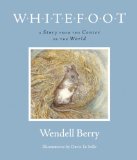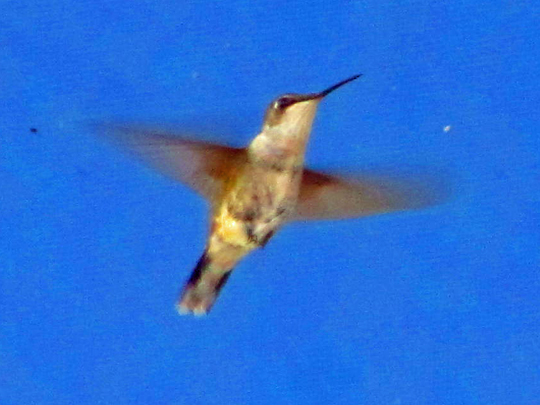Whitefoot
 Whitefoot: A Story from the Center of the World is Wendell Berry’s first foray into children’s books. Davis TeSelle’s wonderfully delicate and detailed illustrations in black and white enhance the tale. Judging from my children’s response, it’s a success. Judging from my own, it’s a story for children of all ages.
Whitefoot: A Story from the Center of the World is Wendell Berry’s first foray into children’s books. Davis TeSelle’s wonderfully delicate and detailed illustrations in black and white enhance the tale. Judging from my children’s response, it’s a success. Judging from my own, it’s a story for children of all ages.
Its scope is modest, relating the life of a mouse living near Port William (the Kentucky town of Berry’s fiction) over a period of a few days. An adventure begins when Whitefoot’s territory near the Kentucky River is flooded. Will she survive, scrambling aboard a small log and riding the river’s current?
Several of Berry’s themes surface in this short tale: the “peace of wild things” who “live at the center of their world always” without being burdened by rational thought; the economy of nature; the modesty of a life made to scale; the gift and goodness of life.
We own a few of Thornton Burgess’s Bedtime Stories, but I’ve never read his Whitefoot the Wood Mouse. Surely Berry must know of it, and perhaps this tale converses with that one in its perspective and style. Berry’s Whitefoot is written more simply, and in the hands of this fine poet more beautifully, than Burgess’s stories. Most noticably, it’s without the personification.
The Bedtime Classics are the work of an observant naturalist. Burgess’s accounts of animal behavior are often spot-on. But Berry’s story, equally the work of a keen observer of nature, is of a different species. Here we learn not by getting inside the heads of animals thinking human thoughts, but by sympathetic observation of a creature moved by instinct in a setting the details of which are sketched out in far more exact detail than any of the Burgess books I can remember. We learn of several species of birds feeding in the river, several varieties of nuts that Whitefoot eats, items of debris floating on the river, how the currents behave.
As I read, I was reminded of two other flood stories that are part of the incidental furniture of my mind. One was “The Rise,” an essay from Berry’s Recollected Essays that describes a boat ride down the Kentucky River in flood. The other was Noah’s Ark. There was something in the description of Whitefoot’s creation of a nest exactly to the specifications of her size that reminded me of the careful construction of the ark in the Genesis account. And there was something about her faith as she “went about the still unfinished task of surviving” without knowing what the outcome of her catastrophe would be that made me more able to imagine what Noah might have felt.
The vocabulary, though it’s not showy or complicated, is not simplified either. On the first two pages alone are “brindly,” “fastidious” and “profound.” I wasn’t sure whether my daughters, 7 and 5, would be drawn in. But whenever I paused, they urged me to keep reading, and ventured guesses now and then as to what was about to happen. They were obviously tuned in and very interested in Whitefoot’s plight. The illustrations, too, are captivating — the kind that beg to be revisited, studied, and thought about. They’re the perfect visual counterpart for Berry’s narrative.
It was for me a moving experience to introduce my children to this author who’s meant so much to me personally. Whether this tale is eventually followed by others, or whether it will stand alone as the single children’s book in Berry’s canon, I’m delighted and grateful to have this beautiful story.


